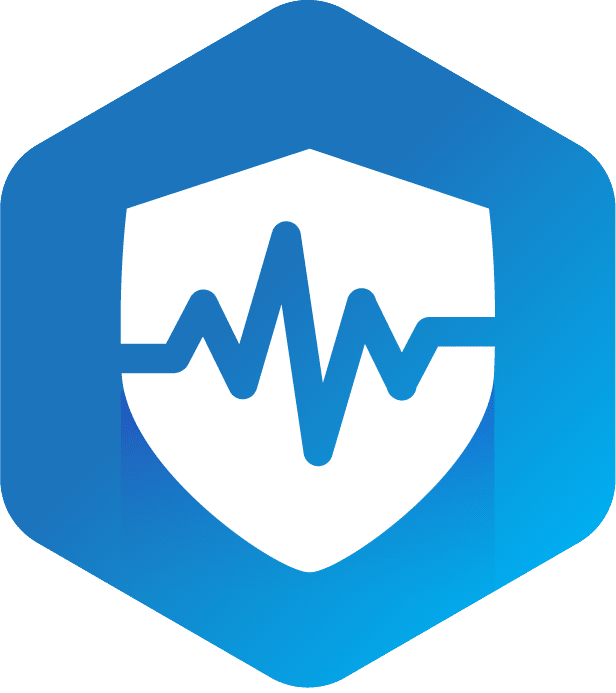Mastering HIPAA security involves conducting in-depth risk analyses, identifying and addressing system vulnerabilities, and appointing dedicated Privacy/Security Officers. Implementing and regularly updating security policies, including detailed access controls and encryption methods, are crucial. Regular risk assessments, continuous staff education, and rigorous incident response plans guarantee ongoing compliance. Monitoring technological infrastructure for vulnerabilities and ensuring all ePHI repositories meet HIPAA standards are critical. Documenting all measures and staying current with cybersecurity threats further safeguard patient data. By adopting these thorough strategies, organizations can achieve robust data protection and compliance.
Conducting a HIPAA Security Risk Analysis is a critical process that guarantees covered entities accurately assess and mitigate risks to the confidentiality, integrity, and availability of electronic Protected Health Information (ePHI). This involves conducting vulnerability assessments to identify potential weaknesses that could compromise ePHI data protection. The Office for Civil Rights (OCR) outlines specific requirements, including the identification of sources and locations of ePHI, the appointment of a Privacy/Security Officer, and the implementation of appropriate policies and procedures.
Building on the critical process of HIPAA Security Risk Analysis, evaluating ePHI systems involves a thorough examination of the technological infrastructure and protocols that manage electronic Protected Health Information. This review requires identifying system vulnerabilities and reviewing data sources where ePHI is stored, processed, or transmitted. Ensuring thorough security involves scrutinizing access controls, encryption methods, and audit mechanisms. IT specialists must regularly test for system vulnerabilities and implement updates to mitigate potential threats. Additionally, evaluating data sources includes verifying that all ePHI repositories comply with HIPAA standards, ensuring data integrity and confidentiality. This meticulous assessment is essential to fortify defenses and maintain compliance, safeguarding patient information against unauthorized access and breaches.
Appointing a dedicated Privacy/Security Officer is vital for overseeing and guiding the HIPAA Security Risk Analysis process to guarantee compliance with regulatory standards. The Security Officer responsibilities include conducting thorough risk assessments, identifying vulnerabilities, and implementing mitigation strategies to protect ePHI. They must secure the integrity, confidentiality, and availability of patient data by coordinating with IT specialists and other stakeholders. Training requirements for the Security Officer are demanding; they must stay current with HIPAA regulations and cybersecurity threats through continuous education and certifications. This role is essential in maintaining compliance, as it ensures that security measures are both effective and up-to-date, thereby safeguarding sensitive health information from potential breaches.
Consistently updating and strictly enforcing security policies is crucial for maintaining compliance with HIPAA regulations and ensuring the protection of electronic Protected Health Information (ePHI). Implementing robust security protocols involves detailing access controls, encryption methods, and audit mechanisms to safeguard ePHI from unauthorized access and breaches. Policy enforcement requires continuous education and training for staff, ensuring adherence to established guidelines. Additionally, incident response plans must be clearly defined and regularly tested to address potential security threats effectively. By integrating these measures, organizations can uphold the confidentiality, integrity, and availability of ePHI, thereby safeguarding patient data and upholding regulatory compliance. Regular reviews and updates of these policies ensure they remain effective against evolving cyber threats.
To uphold the effectiveness of security policies and guarantee ongoing compliance with HIPAA regulations, organizations must perform regular risk assessments to identify and mitigate potential vulnerabilities affecting electronic Protected Health Information (ePHI). These assessments are vital for data breach prevention and risk mitigation, allowing entities to pinpoint weaknesses and evaluate threats. This process involves thorough vulnerability identification and threat assessment, ensuring that any risks to the confidentiality, integrity, and availability of ePHI are addressed.
Ensuring detailed and current security documentation is critical. Organizations should integrate compliance audits and rigorous risk management practices into their operations.
Technical safeguards are vital components for safeguarding the integrity, confidentiality, and availability of electronically protected health information (ePHI) within healthcare organizations. Implementing robust encryption practices guarantees that ePHI remains secure during transmission and storage, mitigating risks of unauthorized access. Access controls are equally crucial; these measures restrict ePHI access to authorized personnel only, utilizing mechanisms such as unique user IDs, role-based access, and multi-factor authentication. Additionally, deploying audit controls to monitor system activity helps detect and prevent unauthorized access, ensuring compliance with HIPAA regulations. Automatic logoff features further enhance security by terminating inactive sessions, reducing the risk of unauthorized access. Together, these technical safeguards form a thorough approach to ePHI protection.
In the domain of HIPAA compliance, robust cybersecurity measures are essential for protecting ePHI against evolving digital threats and guaranteeing the confidentiality, integrity, and availability of patient data. Effective implementation involves:
These measures must be integrated into a thorough security framework. Continuous monitoring and audit controls are vital to detect and respond to breaches promptly. Developing detailed policies and procedures strengthens the overall security posture, ensuring compliance with the HIPAA Security Rule.
Mastering HIPAA Security requires a thorough approach involving meticulous risk analysis, the implementation of robust technical safeguards, and continuous monitoring. For instance, the 2015 breach at Anthem Inc., which exposed nearly 80 million records, underscores the critical need for stringent security measures and regular risk assessments. By adhering to these practices, healthcare organizations can effectively mitigate risks, secure ePHI, and uphold the highest standards of patient privacy and compliance.

